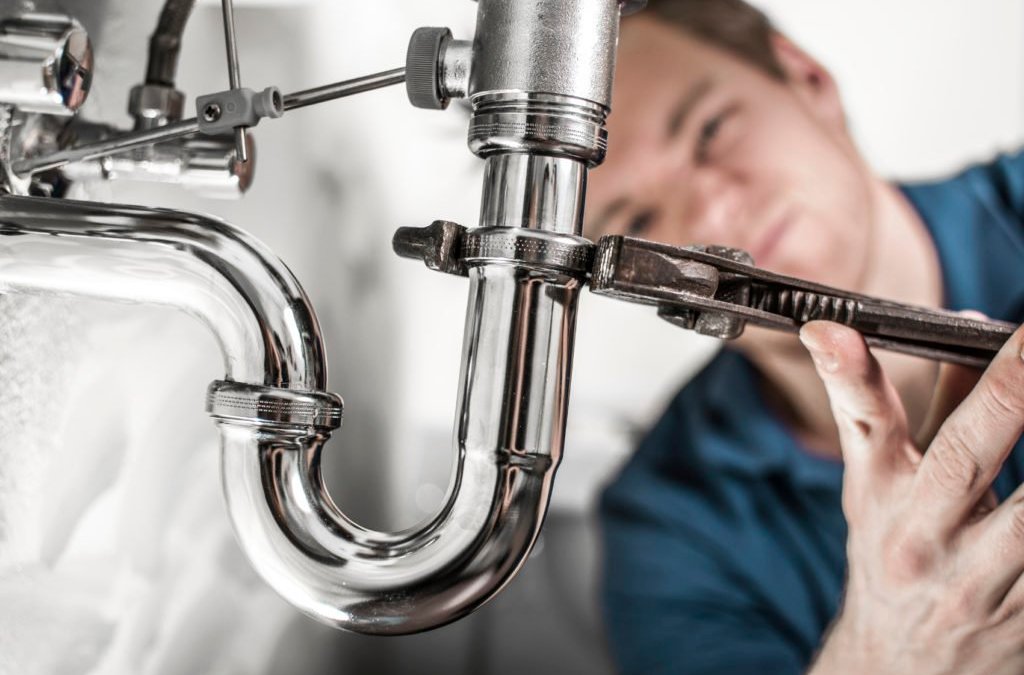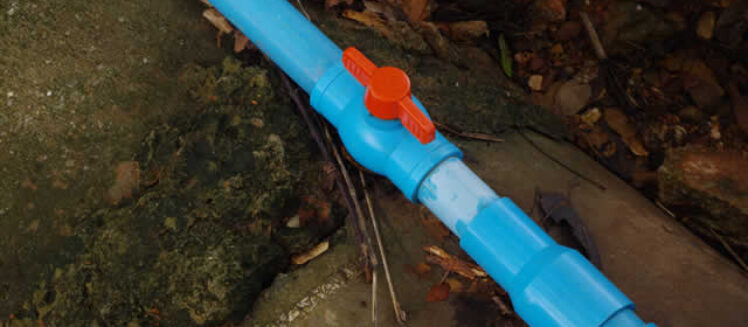Exploring the Basics of Home Plumbing: A Beginner's Tutorial
Explore NowAre you in search of resources on Plumbing basics: How your home plumbing works?

Plumbing is an essential aspect of any kind of home, responsible for supplying clean water for drinking, food preparation, and showering, as well as eliminating wastewater safely. Understanding the essentials of home plumbing is necessary for each house owner to guarantee proper maintenance, troubleshooting, and, if essential, fixings. In this novice's guide, we'll cover the fundamental concepts of home plumbing to aid you end up being much more aware of how it functions.
Water System System
The supply of water system brings clean water right into your home from a community water source or an exclusive well. It includes a main water line that connects to your home's plumbing system, generally located underground. A water meter gauges the quantity of water consumed, while a shut-off valve allows you to regulate the flow of water right into your home.
Plumbing Components
Plumbing fixtures are tools that provide water to numerous parts of your home and include sinks, taps, bathrooms, showers, bath tubs, and appliances such as dish washers and washing equipments. Each fixture is connected to the water system system using pipes and installations and may have its shut-off valve for maintenance or emergency situations.
Water Heating Unit
The water furnace is responsible for home heating water for residential use, including bathing, food preparation, and cleansing. Common kinds of hot water heater include tank-type water heaters, tankless (on-demand) hot water heater, and heatpump water heaters. The hot water heater is linked to the water system and delivers warm water to plumbing components as needed.
Drain System
The drain system gets rid of wastewater from your home and carries it away to a sewage treatment facility or septic system. It includes a network of pipelines, installations, and components that transfer wastewater from plumbing fixtures to the main drain line or sewage-disposal tank. Correct water drainage is essential to stop blockages, back-ups, and sewage leakages.
Ventilation System
The air flow system helps maintain proper air pressure and protect against drain gases from entering your home. Air vent pipelines, likewise referred to as vent stacks, extend from plumbing fixtures to the roof covering, allowing drain gases to get away safely outdoors. Ventilation pipes additionally permit air to enter the drain system, assisting in smooth wastewater flow and protecting against suction or vacuum cleaner effects.
Common Plumbing Tools
Having the right tools handy is vital for executing standard plumbing repairs and upkeep jobs. Common plumbing tools consist of flexible wrenches, monkey wrench, pliers, pipe cutters, hacksaws, bettors, augers (or drain snakes), and Teflon tape. Having these devices conveniently offered can assist you take on minor plumbing concerns successfully.
Standard Plumbing Repair Work
While some plumbing fixings may call for professional aid, many typical concerns can be attended to with standard DIY methods. Learning just how to deal with a leaky faucet, unblock a drain, change a toilet flapper, or repair a dripping showerhead can conserve you time and money on plumbing fixings.
Verdict
Recognizing the fundamentals of home plumbing is essential for every property owner to preserve a safe, useful, and effective plumbing system. By familiarizing on your own with the supply of water system, plumbing components, drain system, air flow system, usual plumbing tools, and standard repair services, you can with confidence address small plumbing concerns and ensure your home's plumbing system runs smoothly.
Plumbing for Beginners: A Comprehensive Guide
If you’re a beginner when it comes to plumbing, don’t worry; you’re not alone. Plumbing may seem intimidating, but with the right knowledge and a little practice, you can handle many common plumbing issues on your own. In this comprehensive guide, we will demystify the world of plumbing for beginners, providing you with the basic knowledge and skills needed to tackle common plumbing problems and even take on some DIY plumbing projects.
The Importance of Basic Plumbing Knowledge for Beginners:
First and foremost, basic plumbing knowledge gives you a solid foundation. It helps you grasp the key concepts and terminology that are essential in this field. By learning the basics, you’ll be able to build upon that knowledge and tackle more complex plumbing tasks in the future.
Having a basic understanding of plumbing also enables you to handle common issues that may arise in your home. Picture this: a leaky faucet or a clogged drain. With some basic plumbing knowledge, you’ll have the confidence to troubleshoot and fix these problems on your own. It saves you from unnecessary expenses and the hassle of waiting for a professional to arrive.
As a beginner, learning the basics of plumbing empowers you to take care of your own home. It gives you a sense of independence and self-reliance. You’ll no longer have to rely solely on professionals for every small issue that pops up. Instead, you can handle many tasks yourself, saving time and money in the process.
Remember, everyone starts as a beginner. Embrace the learning process and take small steps to expand your plumbing knowledge. There are plenty of online resources, tutorials, and even local workshops that talk about plumbing for beginners.
Essential Tools for Plumbing for Beginners
As you start your plumbing journey, having the right tools in your toolbox is crucial. Let’s explore some of the must-have tools:
Adjustable Wrench:
This versatile tool is a staple in any plumber’s toolbox. It allows you to tighten or loosen nuts and bolts of various sizes. Make sure to have an adjustable wrench with a comfortable grip.
Pipe Wrench:
A pipe wrench is specifically designed for gripping and turning pipes. It has serrated jaws that provide a strong grip, making it easier to loosen or tighten threaded pipes and fittings.
Plunger:
The plunger is a simple yet effective tool for clearing clogged drains and toilets. It creates suction when you push and pull, helping to dislodge blockages. Keep a good-quality plunger handy for those unexpected clogs.
Pipe Cutter:
When it comes to cutting pipes, a pipe cutter is your go-to tool. It creates clean, precise cuts without damaging the pipe. Look for a pipe cutter that can handle the pipe sizes you’re working with.
Hacksaw:
A hacksaw is useful for cutting through pipes, screws, and other materials. It’s a versatile tool that can handle different cutting tasks. Remember to use a blade suitable for cutting metal.
Tape Measure:
Accurate measurements are crucial in plumbing. A tape measure allows you to measure pipe lengths, distances, and dimensions accurately. Opt for a sturdy tape measure that extends a good length.
Pliers:
Pliers come in handy for various tasks, such as gripping, bending, and cutting. Slip-joint pliers with adjustable jaws are great for gripping pipes, nuts, and bolts.

As an avid person who reads about , I imagined sharing that piece of content was smart. Sharing is caring. Helping people is fun. Thanks for being here. Return soon.
Call